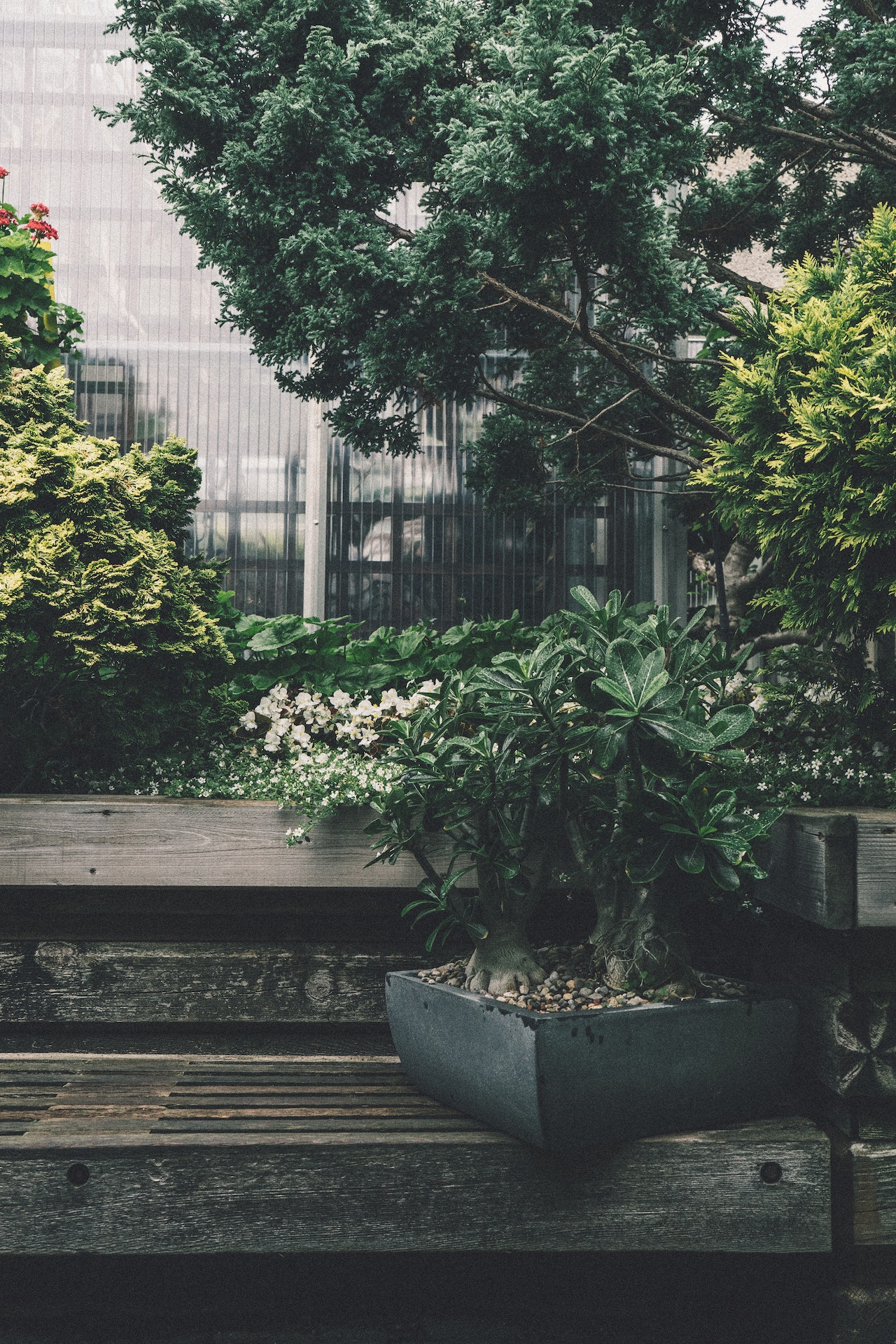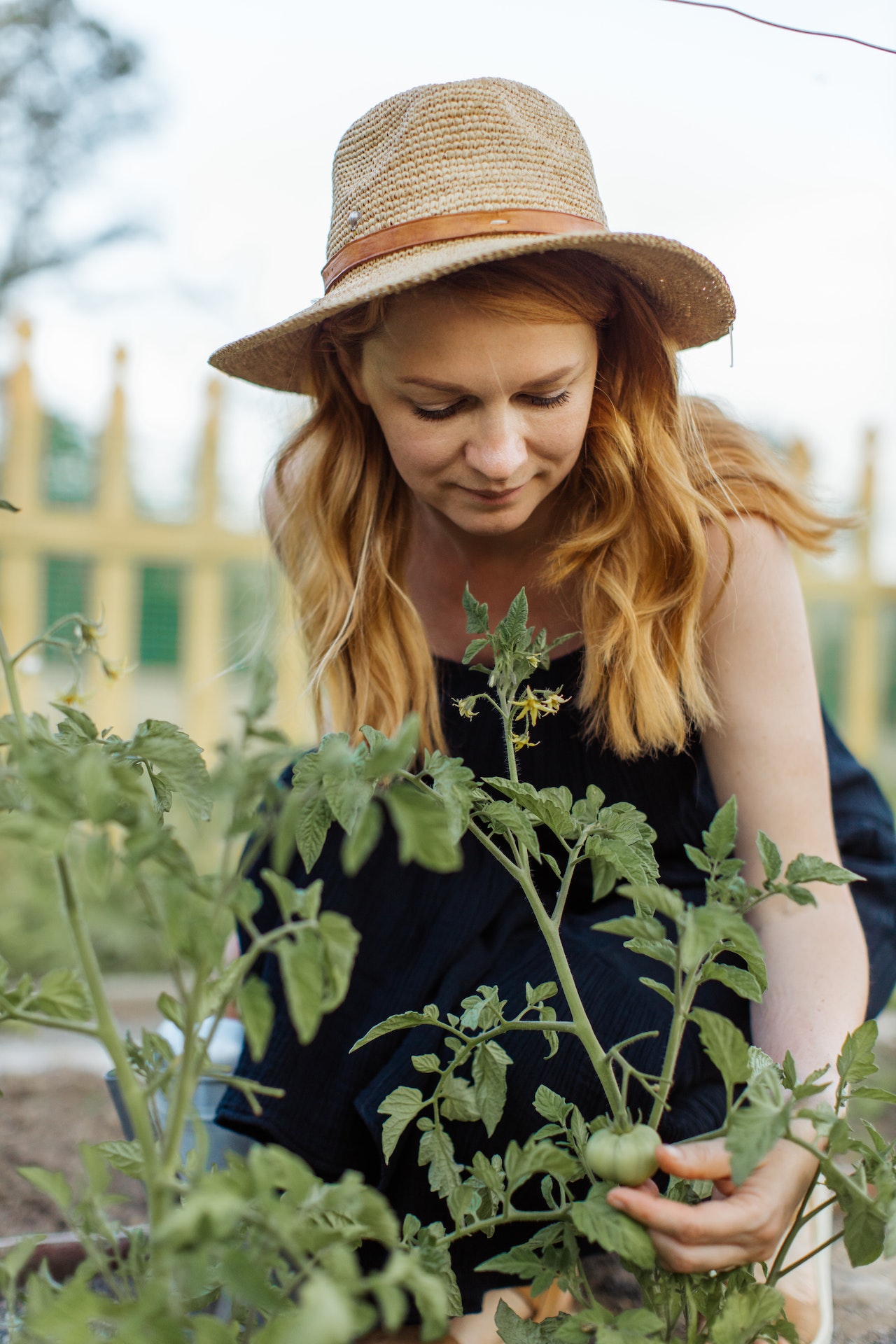How to make a big splash with a small garden
When it comes to creating a beautiful garden , size doesn’t matter. You can make big dreams be in a small space with the right factory choices, artful design and just a little creativity. We asked three experts how you can transfigure a bantam- size vicinity, amini-garden or a strip of side yard into an extensive- feeling area blowing with big vibes. Then there are their suggestions.

Pick petite shops. Numerous seed companies and factory breeders are developing kinds specifically designed for growing in lower spaces and pots. When copping shops, Callie Works- Leary, author of the Dallas Garden School, recommends looking for bones with the words dwarf, yard or vessel in their names. For illustration, if you’re looking to grow fruits and vegetables, good options include Patio Baby eggplant, Tophat dwarf blueberry backwoods and Peas in-a-Pot.
Present a unified front. Variety isn't always the way to go. “Having a collection of arbitrary pots in different colors, sizes and shapes is the quickest way to confuse the eye and make a theater feel lower” says Amy Pennington, author of `Bitsy Space Gardening Growing Vegetables, Fruits, and Sauces in Small Outdoor Spaces. She proposes choosing holders with the same color and style to keep the focus on the shops, allowing them to give pleasing contrasts with their colors, textures and shapes.
How to elevate a small, civic garden for maximum impact
“The biggest mistake I see people making is trying to grow one of everything” Works- Leary says. “Just like in a house, if you have too numerous things, that clutter will make it feel more constricted”. To produce a sense of harmony, elect a lower number of shops, say up to a half- dozen, and grow enough of each one to fill the beds. The patches of shops will give a place for the eye to rest, so observers can witness each type of factory on a deeper position.
Govertical. However, grow up, ”Pennington says'' If you have limited direct space. “Add shops that pull the eye up”. There are a plentitude of comestible shops that are vining or that can be trellised, similar as tomatoes, peas, cucumbers and melons. You can buy a more upmarket essence climbing structure, or simply spare two pieces of bamboo together and tie them at the top to secure them. Alternatively, there are ornamental vines that can cleave to walls, similar as star jasmine, evergreen clematis and royal trumpet. You can also add other perpendicular rudiments, similar as hanging baskets, factory daisies, window boxes and holders, that attach to a wall, rail or sundeck.
Go vertical, too. To make a space feel more extensive on the vertical airplane , use repeating identical rudiments that make a dramatic print. When designing a theater bed set against the aft end of your property, for illustration, pick the same statement factory to go on either side. Or if you have a thin yard running alongside your house, put the same type of eye-catching tree at either end. They draw the eye, ”Works-Leary says“. They frame the area, while also making it appear wider.
”Figure layers. Works-Leary suggests creating a layering effect by choosing shops with differing textures, reciprocal colors and varying heights. This adds variety, precluding you from having a space where a bunch of analogous shops drown each other out. Try planting a yucca club with an altitudinous, thin box and green brand-shaped leaves in the reverse. In front of it, put in Gregg’s Mistflower, which has a fuzzy appearance and light grandiloquent flowers, and wo n’t grow as altitudinous as the club. “This will produce nice contrasts” she says, “while breaking effects up”.
Get reflective. Hanging a glass on a wall or hedge, or on the side of the house or chalet, can trick the eye into allowing there’s more space. Just be sure to place the glass where it’s not going to get too important direct sun and reflect light onto your shops, which could beget problems, especially in hotter surroundings. Niki Jabbour ofsavvygardening.com said she visited a small garden overlooking the ocean that had a glass incompletely reflecting the open ocean. “It was like this gateway into another world” says Jabbour, the author of several gardening books, including “Growing Undercover ways for a further Productive, Weather- Resistant, Pest- Free Vegetable Garden”.
“You just felt like the garden was much bigger.” Try a little water. There might not be room to put in a swimming pool or an in-ground pond, but indeed the smallest yard can have a water point. Consider adding a small above ground pond ringed with jewels to hide the sides or a standing birdbath. The water reflects the sky and verdure above it, adding another dimension to the space and making it feel larger. Also, Jabbour says, it can attract catcalls and amphibians, as well as butterflies, notions and other salutary insects and pollinators.
Suppose in terms of “apartments”. Divide your yard into sections. Maybe put a sitting area with a settee and a small table in one corner and a collection of potted shops in another. Jabbour suggests maximizing your space with useful factors, such as a pollinator theater, a raised bed for growing yield or a condiment theater . “When you produce little apartments or zones in a space, it gives the vision of being extensive” Pennington adds. “It’s like putting a bookshelf in the corner of a small apartment to make it feel like there’s another room.”

Forge a path. However, lay a gravestone pathway between a couple of the zones you created, maybe between the field president where you chesterfield in the sun and a birdbath or between the yard and your condiment theater. If you have a yard that's at least 10 by 10 bases. The path doesn’t have to be anything fancy; simply place gravestone or concrete pavers in shallowly dug depressions in the ground. Avoid straightaways, because they will shrink the space from a visual perspective. “Rather, make curving pathways' Jabbour says. “ They make short distances feel like a little bit of a longer walk, which gives the vision of size”.
Produce a living hedge. To define these zones, Pennington suggests using living walls that double as comestible geography. She plants small fruit trees (similar as apples or pears) supported on an espalier system — small casinos that force trees to grow flat in two confines — interspersed with blueberry backwoods and strawberry shops. This creates a three- subcaste hedge, with the trees growing to five or six bases altitudinous, the backwoods maxing out at two to three bases high, and the strawberries spreading at ground position.




























